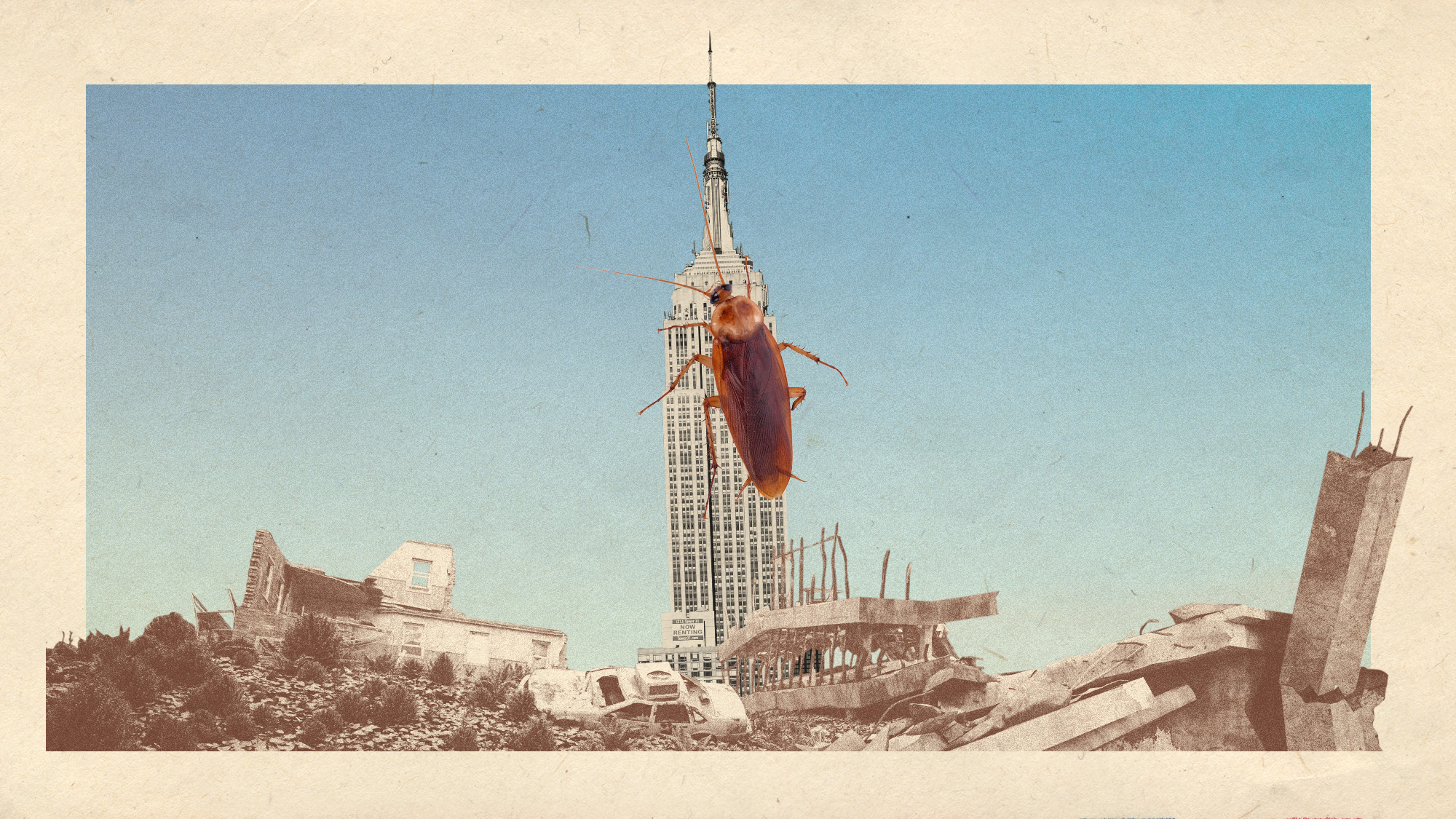Abandoned mines pose hidden safety and environmental risks
People can be swallowed up by sinkholes — and there are other risks too


There are about 500,000 abandoned mines in the United States, according to the Mine Safety and Health Administration, and these long-forgotten facilities can pose a variety of risks to people unaware of their presence. These risks aren't always visible ones.
Mine safety was thrust into recent headlines after Elizabeth Pollard, a 64-year-old grandmother, was swallowed up by a sinkhole in Unity Township, Pennsylvania, on Dec. 3. Pollard seemingly fell into the hole which led to an abandoned mining shaft, and her remains were found days later. Pennsylvania, like other Appalachian states, has many abandoned mines; there are at least two near the sinkhole where Pollard disappeared, according to the federal mining database.
While there are obvious safety risks associated with these old mines, experts are also sounding the alarm on environmental factors, as mines can greatly impact an area's water supply or even damage property. Unfortunately, shutting all of these mines down is easier said than done.
The Week
Escape your echo chamber. Get the facts behind the news, plus analysis from multiple perspectives.

Sign up for The Week's Free Newsletters
From our morning news briefing to a weekly Good News Newsletter, get the best of The Week delivered directly to your inbox.
From our morning news briefing to a weekly Good News Newsletter, get the best of The Week delivered directly to your inbox.
Why are these mines hazardous?
The subsidization of mines "has caused billions of dollars in damage in the U.S.," said The Associated Press. In Pennsylvania, there are at least "5,000 abandoned underground mines." Many more states, including others in Appalachia, plus Nevada and California, are also dotted with them.
As the general public does not know the exact location of these mines, they can easily create hazards. Many people have "died falling into [mines], and some murderers have tried to hide victims' bodies by dumping them in open mine shafts," said the AP. Even if a sinkhole isn't involved, people who wander into mines "can drown in flooded shafts, get lost in underground tunnels or perish from poisonous gases present in many old coal mines." Mine shafts "can extend hundreds of feet beneath the surface and often are unmarked."
Beyond the physical risks, mines will often impact the environment. Some "elevated levels of lithium, rubidium and cesium have been detected in waters associated with the historic Kings Mountain Mine" in North Carolina, said Newsweek. In these waters, it was found that "common regulated contaminants — including arsenic, lead, copper and nickel — were present at levels below drinking water and ecological standards."
Lead has also been discovered in mining sites both across the U.S. and internationally. The United Kingdom "has 6,630 abandoned lead mines that continue to disperse the metal into the environment each year," said the Financial Times. Food safety watchdogs are investigating these lead levels, which "can accumulate in waterways and soil before being consumed by animals and entering the food chain."
A free daily email with the biggest news stories of the day – and the best features from TheWeek.com
Can anything be done to lessen the danger?
The best solution is to close off the mines — but that is a tall order, simply because there are so many. In the gold rush state of Colorado, about "13,500 mine features have been closed so far," said Marketplace, and the state can close down about 300 per year. But that is still only half of the total mines in Colorado. "In a state where mining was fundamental to its early economy, the quiet work of closing up these mines will likely go on for decades," the outlet said.
A "lack of federal funding can make cleanup difficult," said the Santa Fe New Mexican. Many areas also have wildlife living in their mines, which presents liabilities for endangered species. This can "make it challenging for the industry to pursue new projects and build trust with communities," Sid Smith, the government affairs manager for the American Exploration and Mining Association, said to the New Mexican. Even if mining companies "would like to clean up abandoned sites in an area, the liability hurdles make it challenging."
Justin Klawans has worked as a staff writer at The Week since 2022. He began his career covering local news before joining Newsweek as a breaking news reporter, where he wrote about politics, national and global affairs, business, crime, sports, film, television and other news. Justin has also freelanced for outlets including Collider and United Press International.
-
 Political cartoons for December 14
Political cartoons for December 14Cartoons Sunday's political cartoons include a new White House flag, Venezuela negotiations, and more
-
 Heavenly spectacle in the wilds of Canada
Heavenly spectacle in the wilds of CanadaThe Week Recommends ‘Mind-bending’ outpost for spotting animals – and the northern lights
-
 Facial recognition: a revolution in policing
Facial recognition: a revolution in policingTalking Point All 43 police forces in England and Wales are set to be granted access, with those against calling for increasing safeguards on the technology
-
 The moon is rusting
The moon is rustingUnder the radar The Earth is likely to blame
-
 Canyons under the Antarctic have deep impacts
Canyons under the Antarctic have deep impactsUnder the radar Submarine canyons could be affecting the climate more than previously thought
-
 Atoms into gold: alchemy's modern resurgence
Atoms into gold: alchemy's modern resurgenceUnder the radar The practice of alchemy has been attempted for thousands of years
-
 Hurricanes are not exclusive to Earth. They can happen in space.
Hurricanes are not exclusive to Earth. They can happen in space.Under the radar These storms may cause navigational problems
-
 What would happen to Earth if humans went extinct?
What would happen to Earth if humans went extinct?The Explainer Human extinction could potentially give rise to new species and climates
-
 Bad news, alpha males. You likely don't actually exist.
Bad news, alpha males. You likely don't actually exist.Under the radar Most primate communities are egalitarian
-
 Retro tomatoes: a species of the plant is evolving backward
Retro tomatoes: a species of the plant is evolving backwardUnder the radar Environmental factors may play a role
-
 Bacteria can turn plastic waste into a painkiller
Bacteria can turn plastic waste into a painkillerUnder the radar The process could be a solution to plastic pollution
